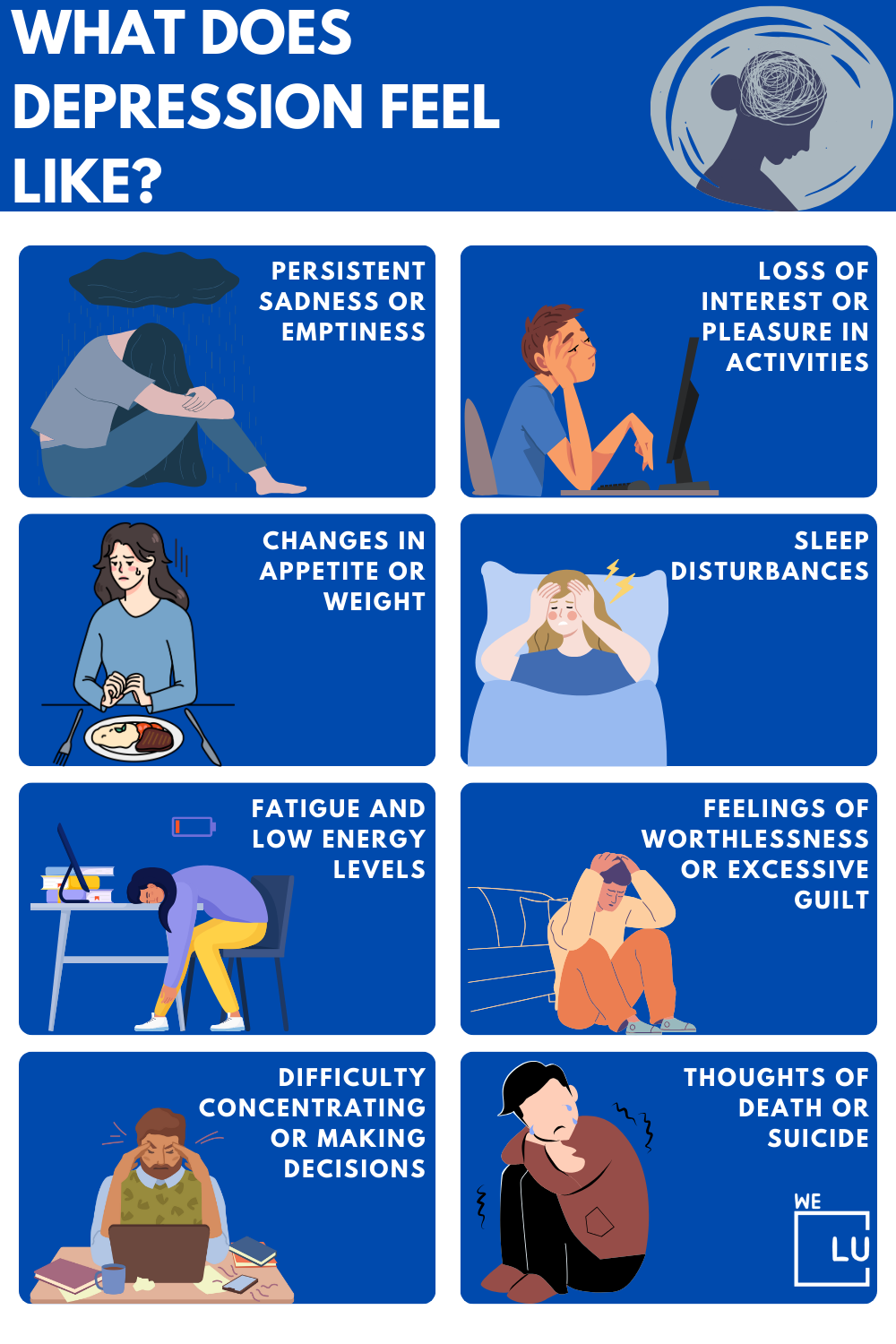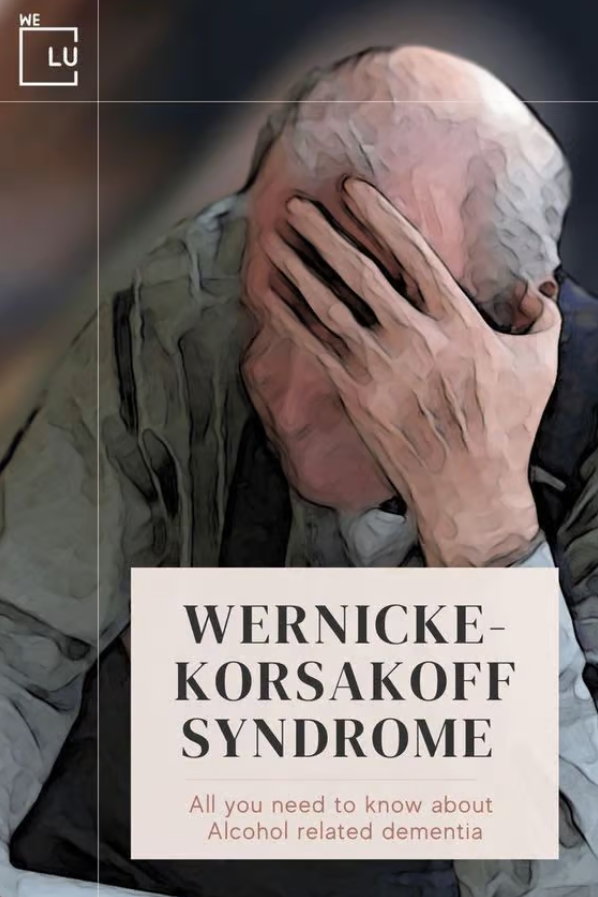Actions You Can Do if Your Friend or Family is Showing Signs of Suicidal Depression
✅ Communicate Compassionately: Express your worry to your loved one nonjudgmentally. Allow them to express themselves and assure them of your support.
✅ Advise obtaining mental health professional treatment. Help them discover and arrange a therapist or counselor. Consider calling a crisis helpline or going to the ER.
✅ Stay in touch and spend time together. Being there and providing emotional support can help the suffering individual feel connected.
✅ Working jointly to secure firearms or pharmaceuticals can lessen immediate dangers or concerns about access to harmful things.
Depression Fact Sheet
Depression Overview
Depression is a group of illnesses like depression or bipolar disorder connected to mood elevation or depression.
Types of Depression
Clinical Depression: A mental health disorder characterized by persistently depressed mood or loss of interest in activities, causing significant impairment in daily life.
Persistent depressive disorder: A mild but long-term form of depression.
Bipolar disorder: A disorder associated with episodes of mood swings ranging from depressive lows to manic highs.
Bipolar II disorder: A type of bipolar disorder characterized by depressive and hypomanic episodes.
Postpartum depression: Depression that occurs after childbirth.
Depression Treatments
- Support group: A place where those pursuing the same disease or objective, such as weight loss or depression, can receive counseling and exchange experiences.
- Cognitive behavioral therapy: A conversation treatment that aims to change the negative attitudes, actions, and feelings connected to psychiatric discomfort.
- Counseling psychology: A subfield of psychology that handles issues with the self that are connected to work, school, family, and social life.
- Anger management: To reduce destructive emotional outbursts, practice mindfulness, coping skills, and trigger avoidance.
- Psychoeducation: Mental health education that also helps individuals feel supported, validated, and empowered
- Family therapy: psychological counseling that improves family communication and conflict resolution.
Learn More About Suicidal Depression PDF Download
Depression and Suicide Statistics
The Suicide rate in depression is enormous. According to the Substance Abuse and Mental Health Services Administration, middle-aged individuals, predominantly men, have the highest rate of suicide compared to other groups. 80% of all deaths by suicide in the US are among men and women aged 45-54.
21.0 Million
Roughly 21.0 million adults in the US had at least one major depressive episode. This number represented 8.4 percent of all US adults.
Source: NIMH
19 million
The majority of adults with a major depressive episode was highest among people aged 18-25.
Source: NIMH
850,000
At its most intense, depression can lead to suicide and is responsible for 850,000 deaths every year worldwide.
Source: NIMH





